Scott #24, part of the United States one-cent postage stamps, is distinct in its Type V design, a category not included in the first issue of the design (Scott #5-9). This stamp plays a unique role in American philately, characterized by specific design features and its exclusive issuance in perforated form.
Design & Print
Type V, the most common of all one-cent types, is characterized primarily by its partially erased side ornaments. The plates producing Type V stamps were crafted from a six-relief transfer roll. Each relief possessed unique traits but shared the feature of reduced side ornaments. Notably, three of the six Type V reliefs exhibit uneven vertical lines of color along their shortened side ornaments, often referred to as “side scratches.” Contrary to some misconceptions, these side scratches do not increase the stamp’s value nor indicate cracked plates.
The right side ornaments of the six Type V reliefs consistently display these side scratches on Reliefs B, C, and D. Moreover, all six reliefs of Type V feature wide breaks at the top and bottom ornaments, a factor that initially led to their misclassification as Type III. However, modern classification recognizes the truncated side ornaments as a distinguishing feature of Type V, setting it apart from the rarer and more valuable perforated Type III stamps.
Postal Usage
Scott #24’s one-cent denomination made it suitable for local mailings and standard letters, such as printed circulars, within the United States. Its introduction into the postal system coincided with the expansion of local and intra-city communication, reflecting the growing demand for accessible and efficient postal services. The perforation of Scott #24 stamps, a significant advancement over earlier issues, facilitated easier handling and use, thereby enhancing the efficiency of mail processing and distribution during this era.
Identification
The identification of Scott #24 primarily hinges on the unique features of its Type V design. This design is recognized for its partially erased side ornaments, which serve as a key identifier that sets Scott #24 apart from earlier types. In addition, the presence of side scratches on Reliefs B, C, and D is another common trait, although these do not contribute to the stamp’s value. Moreover, Type V stamps are noted for wide breaks at the top and bottom ornaments. These breaks initially led to their misclassification as Type III, but the truncated side ornaments are, in fact, the definitive hallmark for the Type V classification.
Scott #24’s significance in U.S. postal history is underlined by its common usage, distinctive Type V design, and the innovations it represented in stamp production. The stamp’s design, particularly its partially erased side ornaments and the characteristic side scratches, along with its wide usage for local postal services, make it a notable subject of interest in the field of philately. Understanding the nuances of Scott #24’s design, production, and postal usage provides a comprehensive view of its role in the broader context of American postal history and philatelic heritage.

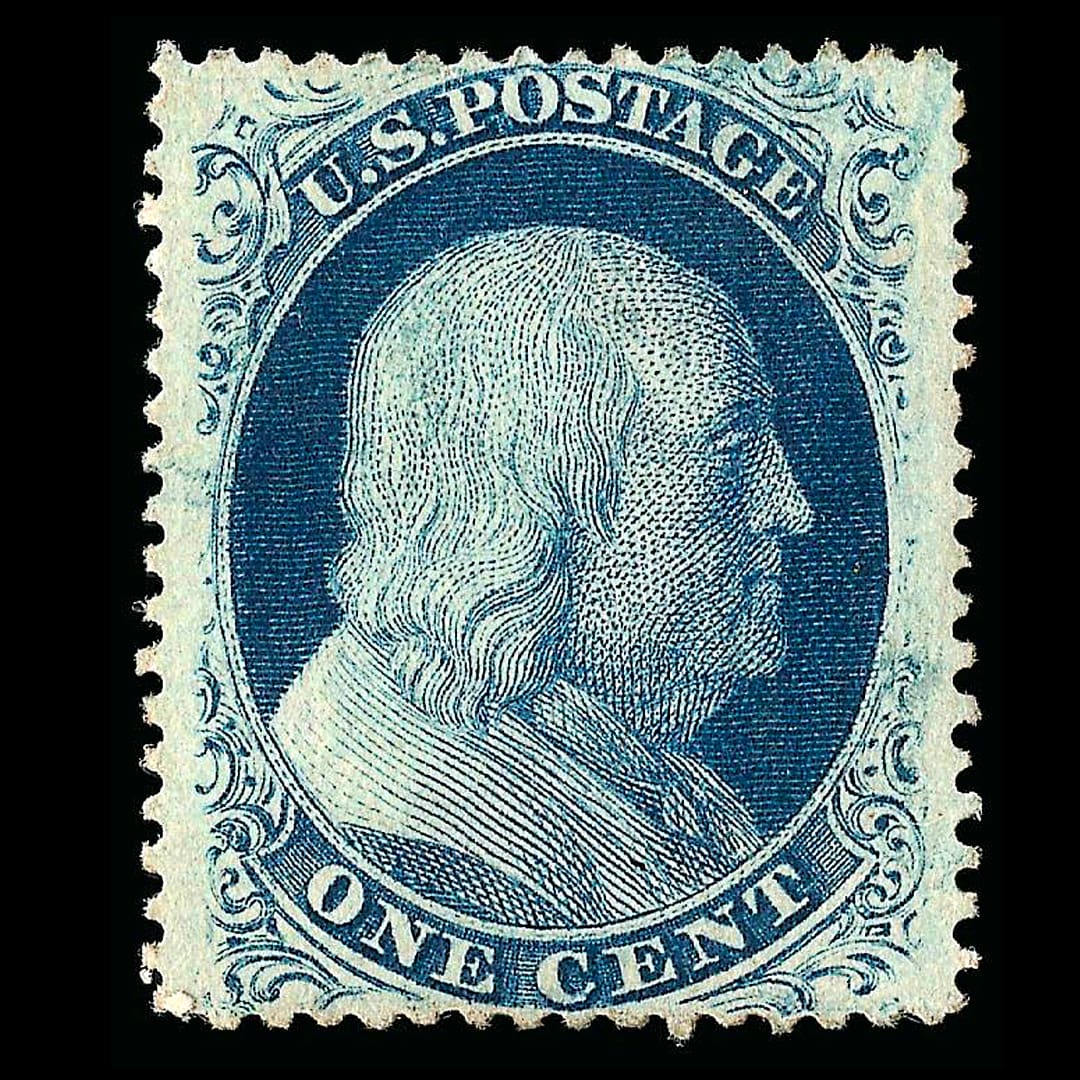

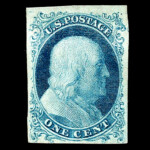
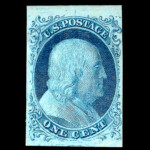
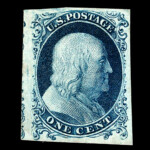
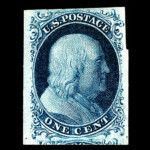
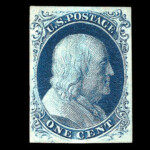
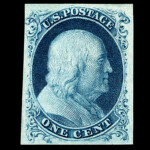
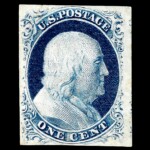


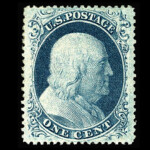
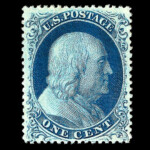
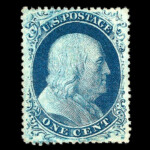
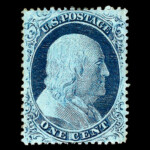
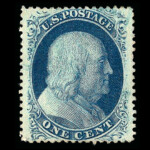
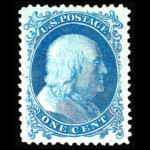
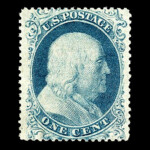
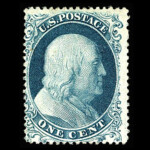
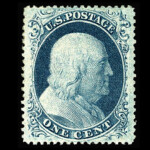
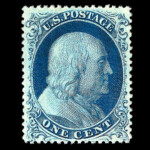
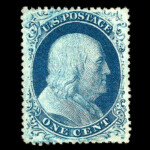
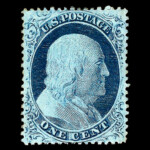
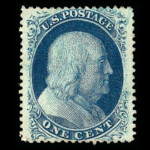
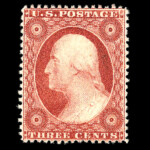
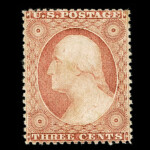
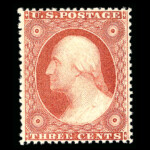
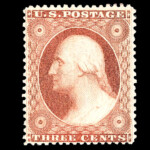
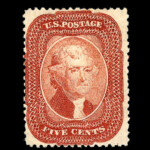
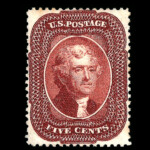
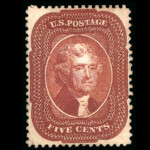
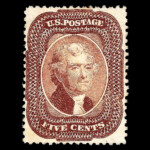
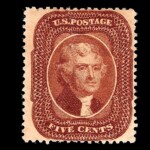
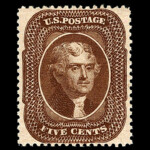
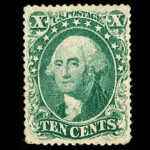
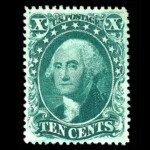
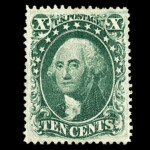
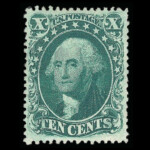
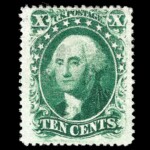
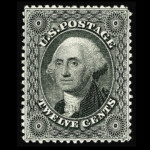
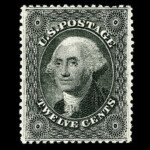

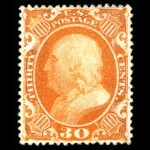
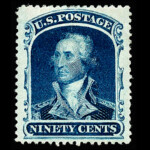









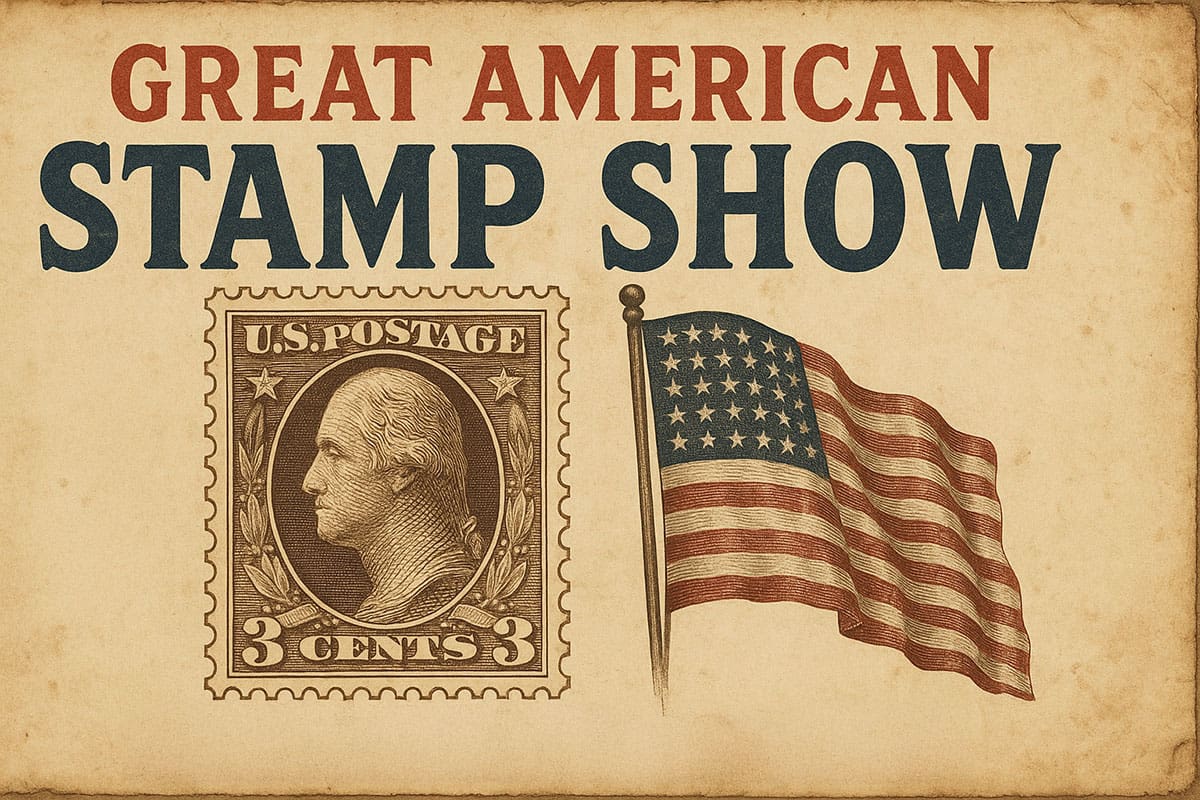


Ask A Question Or Leave A Comment